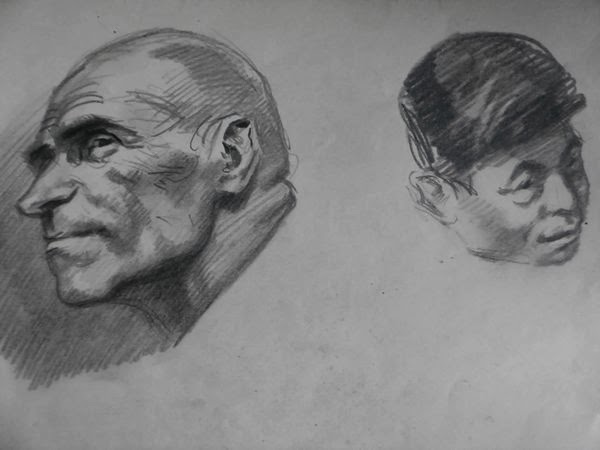Neagu Djuvara is a Romanian intellectual with a striking history (he's 97 years old) and has just produced a Brief Illustrated History of Romanians which immediately goes into my short list of “beautiful books”.
To
qualify for this honour, a book has to fit standards none too easy to specify –
such as paper type (thickish and rough), format, balance of text and
illustrations, typeface, graphics and textual content.
Book cover design, however, for me is an overrated art.
Book cover design, however, for me is an overrated art.
In
principle, art and cookery books should be beautiful – but their glossiness is usually
offputting – Beaneaters and Bread Soup and
Food from Plenty are exceptions. And travel books should be attractive eg
the Pallas Athene books on Czechoslovakia (out of print) and Romania.
John Berger and Jean Mohr’s A Fortunate Man (Penguin 1969) is probably top of my list of beautiful books. Its perhaps significant that its pictures are in black and white – as, naturally, is Andre Kertesz’s On Reading (see also here)
A History of Reading by Alberto Manguel is also a treat - both for content and visual impact.
It was only a few years back that I realised that
I had become a collector – initially of various small objects which appealed to
me in the various countries I visited. Painted boxes; wooden spoons; ceramics;
figurines and sculptures....Curiously, some of my favourite objects are (empty)
notebooks – products of those countries which craft superb specimens of such
wood/paper products eg Italy, Latvia and Bulgaria. I succumbed only yesterday
to such a notebook – Chinese, I have to confess, this time and for 2 euros
only! One of them is shown in the 20 November post.
Winter was curiously dry in this part of the world. Little rain – let alone snow – apart from a few days in January - with Bucharest having a metre of the stuff for a couple of weeks. I drove up to Bucharest on 1 March – spring’s official opening which has been marked since then by continuous rain. At least the farmers will be happy!
Winter was curiously dry in this part of the world. Little rain – let alone snow – apart from a few days in January - with Bucharest having a metre of the stuff for a couple of weeks. I drove up to Bucharest on 1 March – spring’s official opening which has been marked since then by continuous rain. At least the farmers will be happy!



.JPG)






